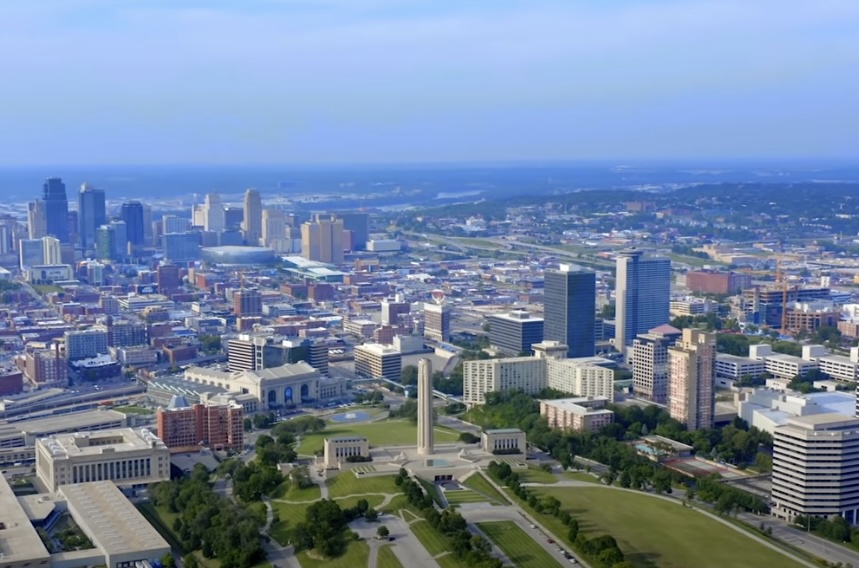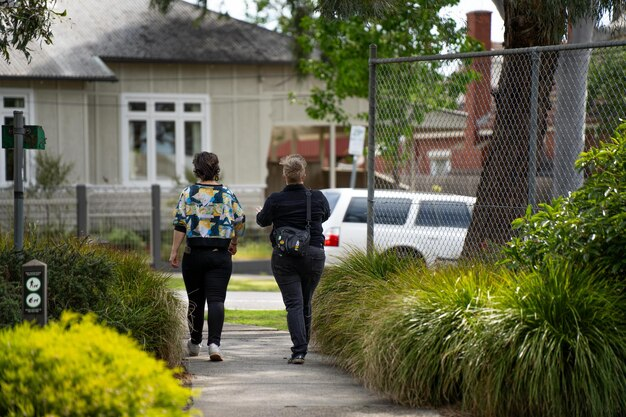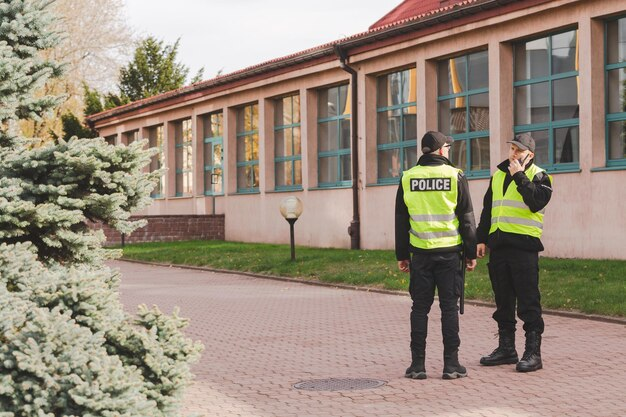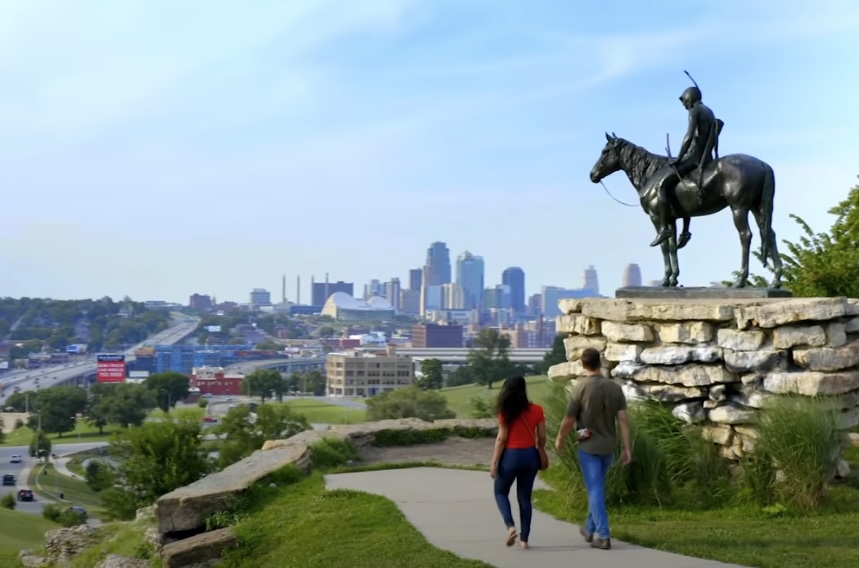When it comes to understanding the safety of a city, a common query that often surfaces is, “Is Kansas City dangerous?” This question not only echoes the concerns of potential visitors and those considering moving to Kansas City, but it also reflects the general curiosity about the city’s safety standards. So, let’s dive deep into the heart of this matter.
Exploring the Safety of Kansas City

When considering the safety of a city, it is essential to delve into crime statistics and neighborhood-specific data. In the case of Kansas City, we will utilize information gathered from reliable sources such as NeighborhoodScout and the Kansas City Police Department to provide a detailed analysis of its safety profile.
Violent Crime
Kansas City exhibits a notable presence of violent crimes, which encompass a range of offenses. Let’s delve into the specific statistics:
- Murders: 167
- Rapes: 378
- Robberies: 1,118
- Assaults: 5,890
These figures are alarming, particularly when considering the population of Kansas City, which stands at approximately 509,297. To put these numbers into perspective, it means that for every 1,000 residents, there were 32 violent crimes reported.
Kansas City’s violent crime rate surpasses both the national median and the state of Missouri average by a significant margin. In concrete terms, the chance of an individual becoming a victim of violent crime in Kansas City is 1 in 67, compared to a considerably lower risk of 1 in 205 for the entire state of Missouri. These figures emphasize the elevated level of violent crime in Kansas City.
Property Crime
Property crime is another noteworthy concern within the city. The following statistics outline the occurrences of property-related offenses:
- Burglaries: 2,896
- Thefts: 15,497
- Motor Vehicle Thefts: 6,230
These figures are substantial and suggest a high level of property crime activity within the city.
The property crime rate in Kansas City surpasses both the national median and the state of Missouri average. In practical terms, the likelihood of an individual falling victim to property crime in Kansas City is 1 in 21. This means that the odds of experiencing property-related crime are relatively high compared to many other places.
Overall Crime Rate
To provide a comprehensive overview, we need to consider the total number of reported crimes in Kansas City. The city’s overall crime rate stands at 63 per one thousand residents, which positions it as having one of the higher crime rates in the United States when compared to communities of all sizes.
- Context: In 2021, the total number of reported crimes in Kansas City amounted to 32,176. This figure includes both violent and property crimes, and it underlines the extent of the safety challenges faced by the city.
- National Standing: When Kansas City’s crime rate per thousand residents is compared to other communities with similar population sizes, it becomes evident that the city’s crime rate is considerably higher than most of its counterparts. This indicates a pressing need for addressing safety concerns within the community.
Neighborhood Safety

The safety landscape in Kansas City is not uniform across all neighborhoods. It is crucial to recognize that safety can vary significantly from one area to another. NeighborhoodScout provides valuable insights into some of the safest neighborhoods in Kansas City. Here are a few examples:
NeighborhoodScout, a reputable source for neighborhood data, has identified several neighborhoods in Kansas City known for their relatively low crime rates. Let’s delve into a few of these safe havens:
Thousand Oaks/KC Saddle Club Estates
Thousand Oaks and KC Saddle Club Estates are two adjacent neighborhoods that are highly regarded for their safety. Located in the northern part of the city, they offer a tranquil living environment with low crime rates. Here are some key statistics for these neighborhoods:
| Crime Type | Incidence Rate (per 1,000 residents) |
| Violent Crimes | 1.5 |
| Property Crimes | 10.2 |
In Thousand Oaks and KC Saddle Club Estates, residents enjoy a sense of security with a significantly lower risk of both violent and property crimes compared to other areas in Kansas City.
Royal Oaks North
Situated in the western part of Kansas City, Royal Oaks North is another neighborhood known for its safety and family-friendly atmosphere. Here’s an overview of crime rates in Royal Oaks North:
| Crime Type | Incidence Rate (per 1,000 residents) |
| Violent Crimes | 1.8 |
| Property Crimes | 9.1 |
Royal Oaks North offers a similar level of safety to Thousand Oaks and KC Saddle Club Estates, making it an attractive option for those seeking peace of mind.
Blair Road/Graden Blair Rd
Located in the southeastern part of Kansas City, the Blair Road and Graden Blair Road neighborhoods also rank among the safest in the city. Let’s take a look at the crime rates in this area:
| Crime Type | Incidence Rate (per 1,000 residents) |
| Violent Crimes | 2.2 |
| Property Crimes | 10.6 |
While the crime rates in Blair Road/Graden Blair Rd are slightly higher than the previously mentioned neighborhoods, they still offer a level of safety that is above the citywide average.
These neighborhoods are recognized for their relatively low crime rates and can serve as potential areas of interest for those seeking safer living environments within the city.
Addressing Safety Concerns in Kansas City

While discussing if Kansas City is dangerous, it’s important to look at the measures being taken to enhance safety.
Law Enforcement Initiatives
The Kansas City Police Department (KCPD) plays a pivotal role in maintaining public safety within the city. They employ various strategies and initiatives to reduce crime rates and foster a sense of security among the community. Here are some of the notable law enforcement initiatives in Kansas City:
| Policing Initiatives | Description |
| Community Policing | KCPD emphasizes community policing, which is a proactive approach aimed at building positive relationships between officers and the community. Officers engage with residents, attend community meetings, and collaborate with local organizations to address concerns directly. |
| Data-Driven Policing | The department utilizes data analysis to identify crime trends and hotspots, allowing them to allocate resources more efficiently. This data-driven approach helps in the timely deployment of officers to areas with higher crime rates. |
| Community Engagement Programs | KCPD organizes a range of community engagement programs such as “Coffee with a Cop” and “Neighborhood Watch.” These initiatives encourage open dialogue between law enforcement and citizens, fostering trust and cooperation. |
| Crime Prevention Units | Specialized units within the KCPD focus on preventing specific types of crime, such as gang-related or drug-related offenses. Their efforts include proactive patrols, investigations, and collaborations with other agencies. |
| Technology Integration | The department incorporates modern technology, such as surveillance cameras and ShotSpotter (a gunshot detection system), to enhance response times and crime prevention. |
| Training and Accountability | KCPD invests in ongoing training for its officers, emphasizing de-escalation techniques, cultural sensitivity, and ethical conduct. Accountability mechanisms are in place to address any misconduct promptly. |
Community Programs
Beyond law enforcement efforts, community programs are instrumental in promoting safety and reducing crime in Kansas City. These programs often focus on addressing root causes of criminal activity and fostering community resilience. Here are some noteworthy community programs:
| Initiatives | Description |
| Youth Empowerment Programs | Programs aimed at providing educational and recreational opportunities for young people, such as after-school programs, mentoring, and job training, help divert them from criminal involvement. |
| Conflict Resolution Programs | Community-based conflict resolution programs teach effective communication and conflict resolution skills, reducing the likelihood of disputes escalating into violence. |
| Substance Abuse Rehabilitation | Efforts to combat drug abuse and addiction through rehabilitation programs provide individuals with the support they need to overcome addiction and reduce drug-related crimes. |
| Community Clean-Up Initiatives | Programs that engage residents in cleaning and beautifying their neighborhoods not only improve the physical environment but also create a sense of ownership and pride, discouraging criminal activity. |
| Housing and Economic Development Initiatives | Initiatives to improve housing options and stimulate economic development in disadvantaged neighborhoods can lead to increased employment opportunities and decreased crime rates. |
| Mental Health Services | Expanding access to mental health services helps individuals in crisis receive appropriate care and reduces the likelihood of confrontations with law enforcement. |
Kansas City: Beyond the Safety Question

Alt: 2 people walking
When considering the question, “Is Kansas City dangerous?” it’s essential to also highlight the city’s attractions, cultural heritage, and vibrant community life.
Cultural and Recreational Activities
Kansas City boasts a diverse range of cultural and recreational activities that cater to residents and tourists alike. These activities are integral to the city’s identity and highlight its vibrant community life. Here are some noteworthy details:
- Museums: Kansas City is home to several world-class museums. The Nelson-Atkins Museum of Art, for instance, houses an impressive collection of art spanning various periods and cultures. The National World War I Museum and Memorial is another iconic institution, offering a poignant insight into the history of the Great War.
- Parks and Green Spaces: The city boasts an extensive network of parks and green spaces, making it a haven for outdoor enthusiasts. Loose Park is a favorite destination for picnics and leisurely walks, while Swope Park offers golf courses, hiking trails, and a zoo.
- Cultural Events: Kansas City hosts a wide array of cultural events throughout the year. The Kansas City Ballet, Lyric Opera, and the Kauffman Center for the Performing Arts ensure a vibrant performing arts scene. The city’s annual Plaza Art Fair and Jazz and Blues festivals are also significant highlights.
Economic and Social Development
Kansas City’s economic growth and social development initiatives contribute significantly to its overall well-being. Here’s a closer look at these aspects:
- Economic Growth: The city’s economy has been steadily growing, with thriving sectors in technology, healthcare, and logistics. Notably, the Kansas City Tech Community has gained recognition as a hub for startups and innovation, fostering economic diversification.
- Development Initiatives: Kansas City has embarked on numerous development projects aimed at improving infrastructure and community spaces. The KC Streetcar line, for example, connects various neighborhoods, making transportation more accessible and reducing congestion.
- Education and Healthcare: The city is home to respected educational institutions, such as the University of Missouri-Kansas City (UMKC) and Rockhurst University, which contribute to a highly educated workforce. Kansas City also boasts world-class healthcare facilities, including the University of Kansas Health System.
- Social Services: Kansas City prioritizes social services to enhance the quality of life for its residents. The city offers various programs and support for affordable housing, mental health, and youth development.
Conclusion
Answering the question, “Is Kansas City dangerous?” requires a nuanced understanding of the city’s diverse neighborhoods, crime statistics, and the efforts made towards ensuring safety. Like many urban areas, Kansas City has its challenges, but it also possesses a rich cultural tapestry, strong community spirit, and ongoing efforts to improve safety and quality of life for its residents and visitors alike.
FAQ
Is Kansas City Dangerous Compared to Other U.S. Cities?
Comparative analysis of Kansas City’s crime rates with other major U.S. cities.
What Are the Safest Areas in Kansas City?
A list and brief description of Kansas City’s safest neighborhoods.
How Can Visitors Stay Safe in Kansas City?
Safety tips and precautions for tourists visiting Kansas City.
Has Kansas City’s Crime Rate Changed Over the Years?
Analysis of the trends in Kansas City’s crime rates over recent years.
What Are Local Authorities Doing to Make Kansas City Less Dangerous?
Overview of initiatives and measures taken by local authorities to improve safety in Kansas City.